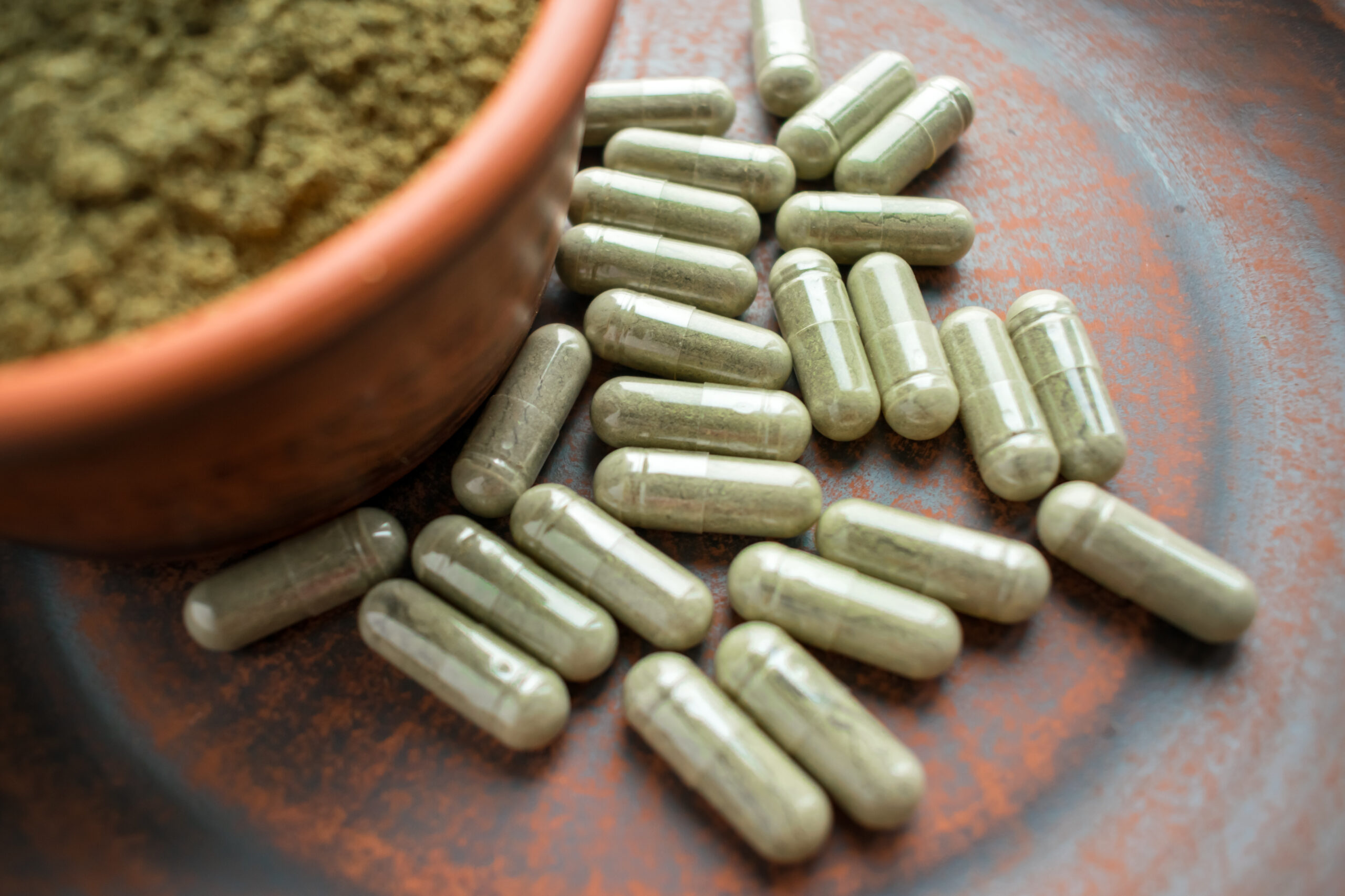
A 33-year-old male with a history of drug use presented to the emergency department (ED) for extreme agitation after receiving two doses of 2 mg naloxone by EMS for respiratory depression.
Explore This Issue
ACEP Now: Feb Digital 01-DUpon arrival, his vitals were as follows: heart rate of 132 bpm, respiratory rate of 27, blood pressure of 134/75 mm Hg, and a SpO2 of 100 percent. He was notably diaphoretic, tachycardic, and severely agitated, requiring physical restraint by multiple security and medical team members for patient and staff safety. He was initially treated with two doses of intramuscular (IM) haloperidol and escalating doses of IM and then intravenous midazolam over two hours. He remained agitated, with only minimal and brief periods of improvement.
Laboratory findings were significant for an acute kidney injury and elevated creatinine kinase. The family of the patient reported that he was a long-time user of significant amounts of kratom. A dexmedetomidine (Precedex) 400 mcg in 0.9 percent NaCl infusion was started, and the patient responded well, with significant decrease in his agitation. He began verbally responding, thus avoiding the need for intubation. He was admitted for a suspected kratom overdose and acute kratom withdrawal. He was discharged the next day.
Kratom—a widely available herbal sold throughout the United States—is derived from the plant species known as Mitragyna speciosa.1 For centuries, this plant has been used for its analgesic and euphoric effects in its native environment, southeast Asia. Today, it can be found in powders, concentrated oils, and gels sold over the counter at tobacco shops. In the United States, kratom is mostly used for opiate withdrawal, pain, and anxiety. It is illegal in six states and not regulated in 33 states.2 In the states without regulation, there are no requirements for reporting potency, instructions for use of the drug, or warnings regarding potential issues with polypharmacy. In 2022, the National Poison Data system reported 1,278 cases involving kratom; about 45 percent of those cases required health care facility management.3
Chemical Makeup
Chemically, there are two major metabolites found within Mitragyna speciosa that have received most of the attention in scientific literature. Mitragynine (MG) and 7-hydroxymitragynine (7-HMG) are two alkaloid compounds that have been heavily studied, although data show there are as many as 50 additional substrates depending on the strain of the plant analyzed.4 Both MG and 7-HMG are µ-opioid agonists and show some antagonism at the delta opioid receptors, which has been postulated as a reason for the lower incidence of classic opioid side effects, such as constipation, with kratom use.4-6
Pages: 1 2 3 | Single Page





No Responses to “Case Report: Acute Kratom Withdrawal”